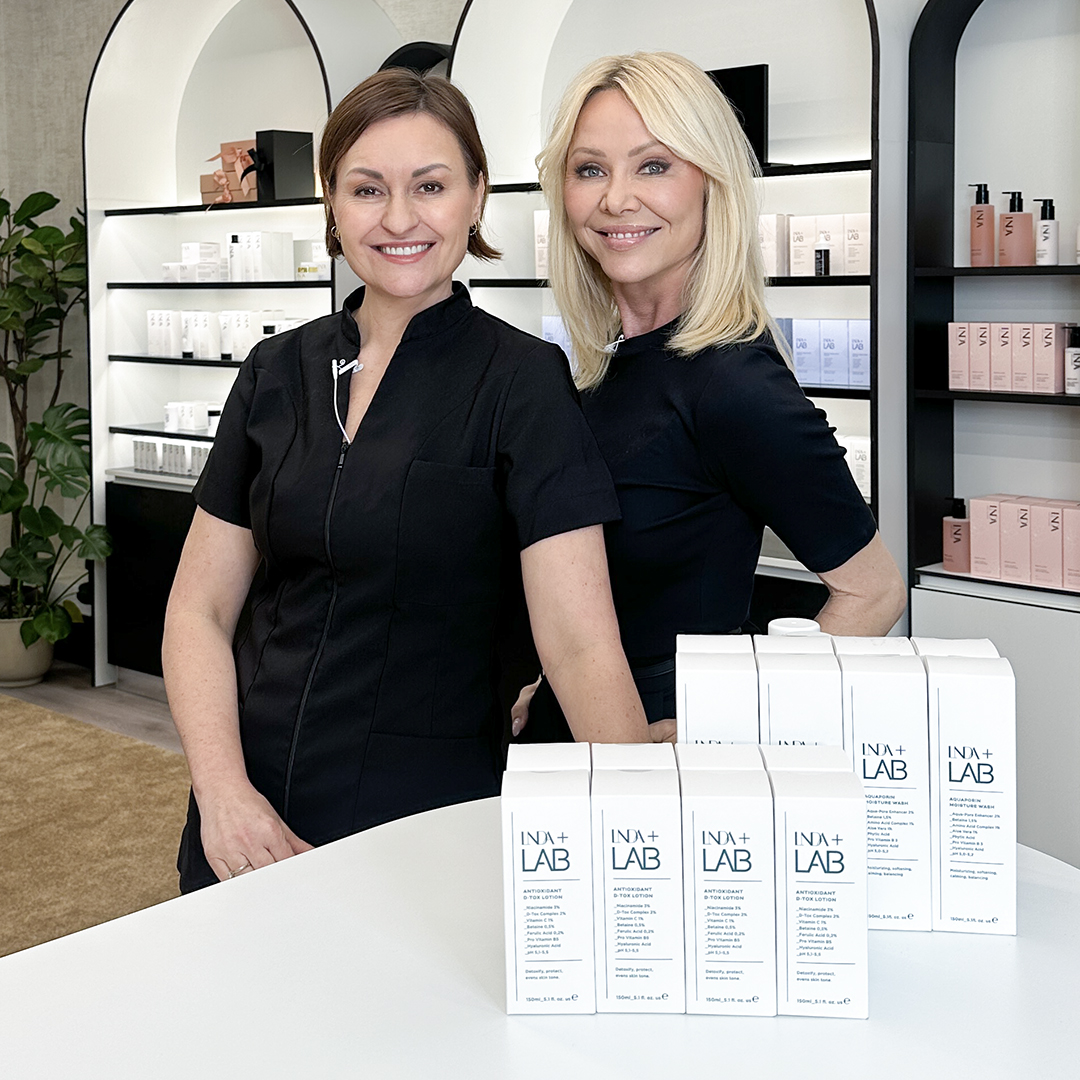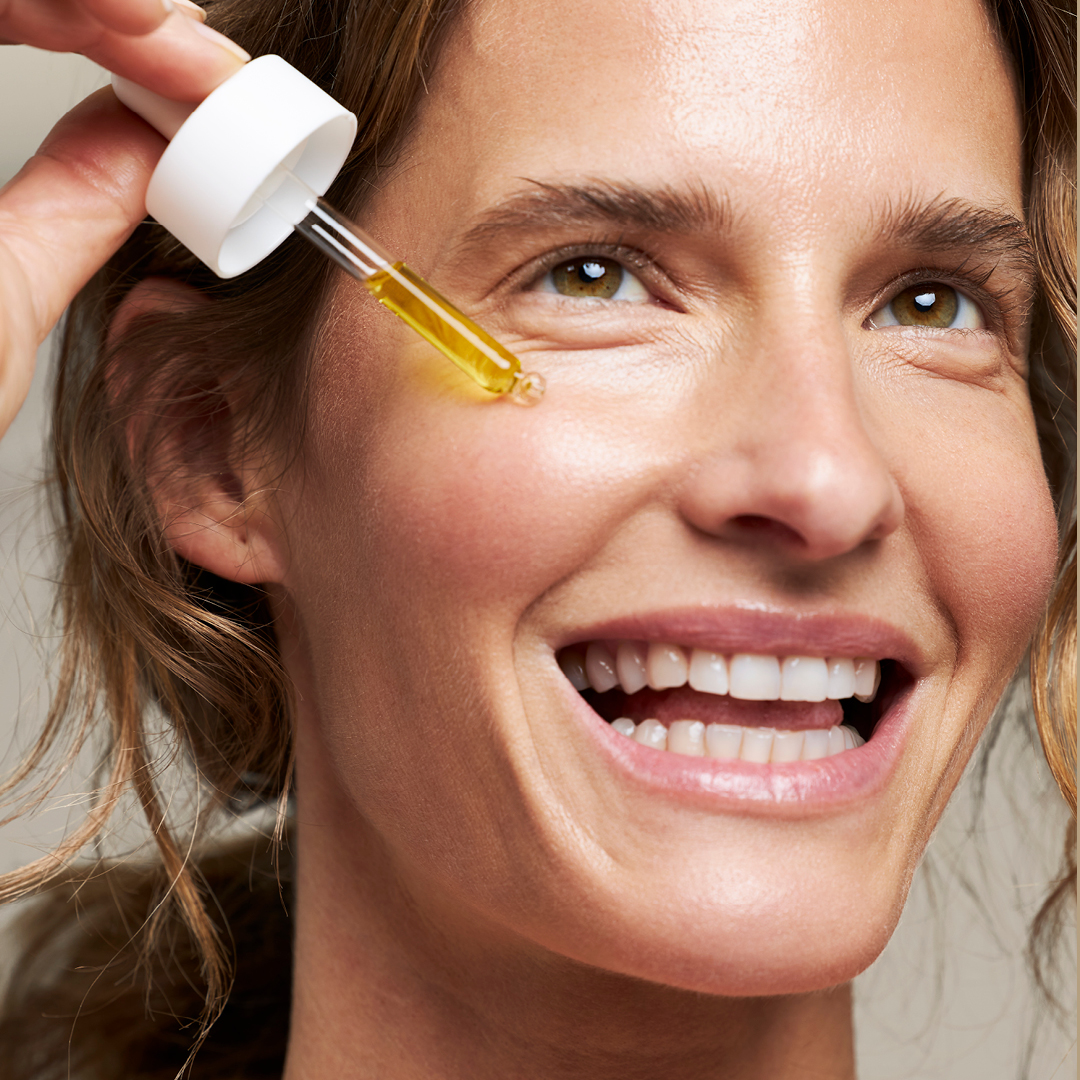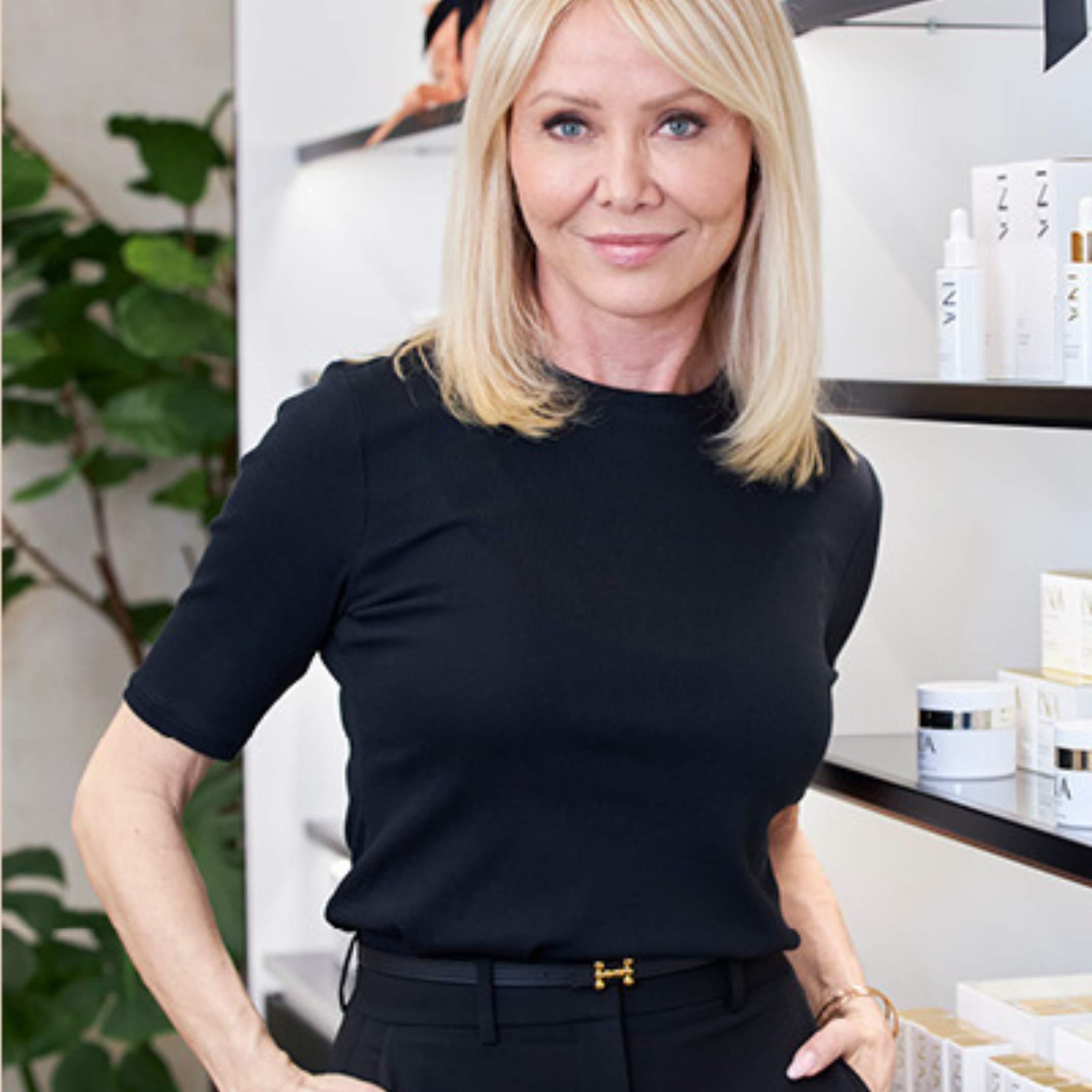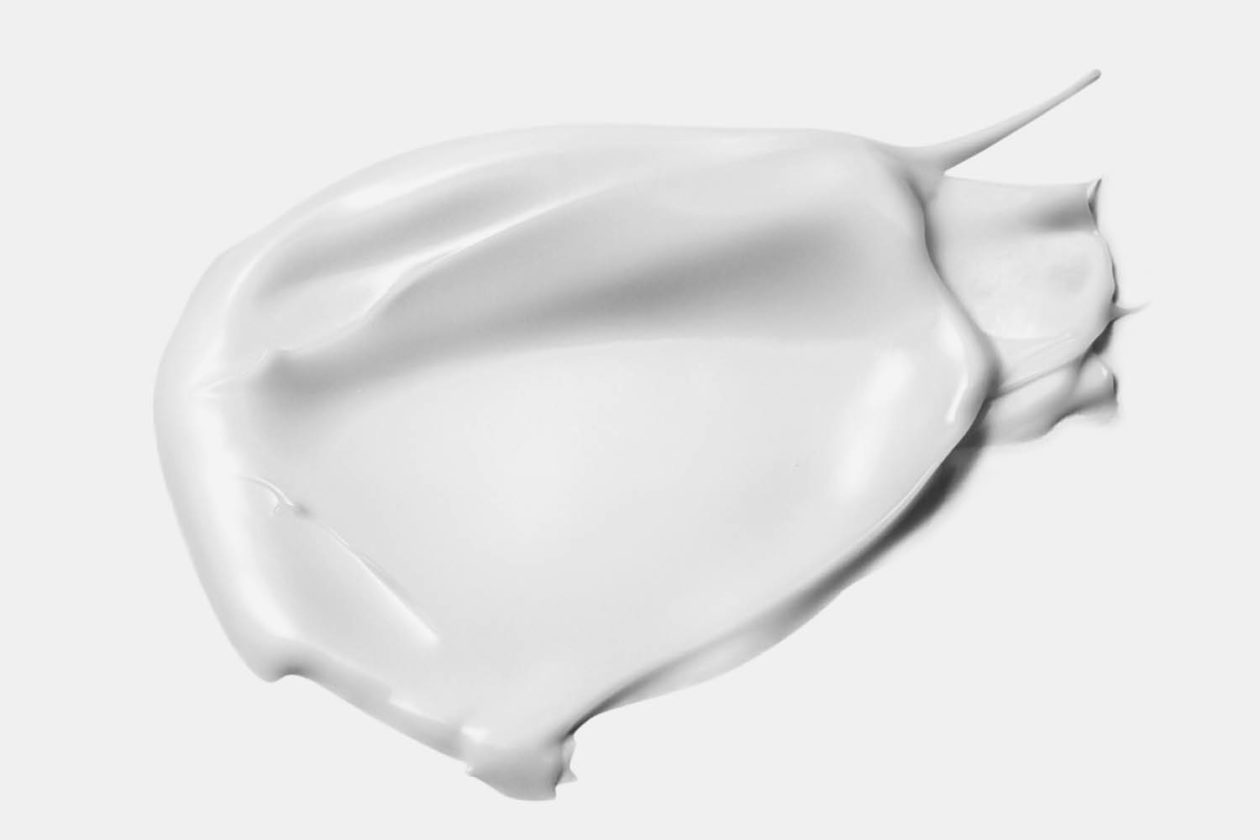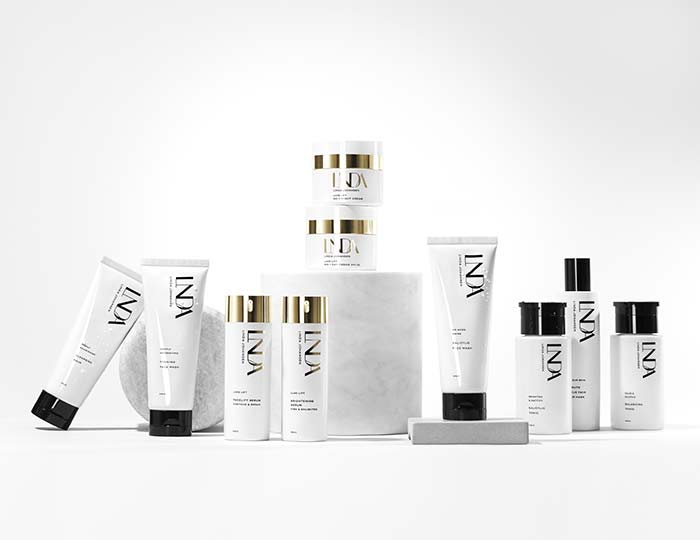PEELING OR SCRUB?
Which peeling is right for me?
Much is written about peeling, scrubbing, exfoliation, acid peel, enzyme peel, grain peel, etc. Not everyone knows exactly what it is and what the difference is.
The goal is really the same with everyone; Remove dead skin cells and get a smoother skin. The difference is the way it happens. Here I will try to explain a little more.
Grain peeling
This started with the traditional "scrub". Preferably a grainy cream that is to be rubbed / massaged on the skin, to scrub away dead skin cells on the surface. The contents were first things like sand grains, crushed apricot kernels etc. and the grains were quite coarse. For a while, microplastic balls were also used, as this was more gentle on the skin. Fortunately, most people have now switched to ingredients that are better for both the environment and the skin. Many people use different salts, and it can be good for the body but too powerful for the face. We use jojoba pearls, which are both mild and nutritious, in our Instant Glow Double Peel.
What happens when you use a grain peel is that you scrub away the top layer of skin, which is usually the most dead, old skin cells. The disadvantage is that if the grains are too coarse, and you scrub too much, you can remove more than what is dead, and you irritate the healthy cells below. Then you can have the opposite effect. The skin begins to protect itself by making a thicker layer of dead skin cells. Many people also react with increased sensitivity in the skin by excessive scrubbing.
Enzyme peeling
If a peel is a pure enzyme peel, it is very mild. These are often in cream or powder form, and should sit on the skin like a mask for 10-15 minutes. If you mix enzymes into another peel, you get an increased effect from this, in a gentle way. For example. our Instant Glow Double Peel.
The most common enzymes to use are enzymes from papaya and pineapple. We use papaya enzymes.
What the enzymes do in the skin is to break down the bonds between the dead skin cells in a very gentle way. When you wash the peel off after the end of the working time, you will then get the dead skin cells you have loosened in the same sling. With enzyme peeling, it is not possible to exaggerate the peeling.
Acid peeling
This becomes a kind of chemical peel. It is usually AHA or BHA acids that are used. These products often come in the form of a jelly or thin lotion, which should stay on the skin for a given time. Depending on the acids used, and the concentration of these, most people will feel that it works in the skin. Some people feel itchy, others itchy or itchy. This is not dangerous and will diminish as the skin gets used to the use of acids. In our AHA peel we use mandelic acid, which is a relatively mild acid, but still works effectively on the skin surface.
AHA acids have several beneficial properties. They loosen the dead skin cells on the surface, while stimulating the skin underneath to produce more healthy cells. They prevent clogged pores and counteract scars, pigmentation and signs of aging in general.
Acids give both a smoother skin tone and a smoother skin texture. It's called GLOW!
